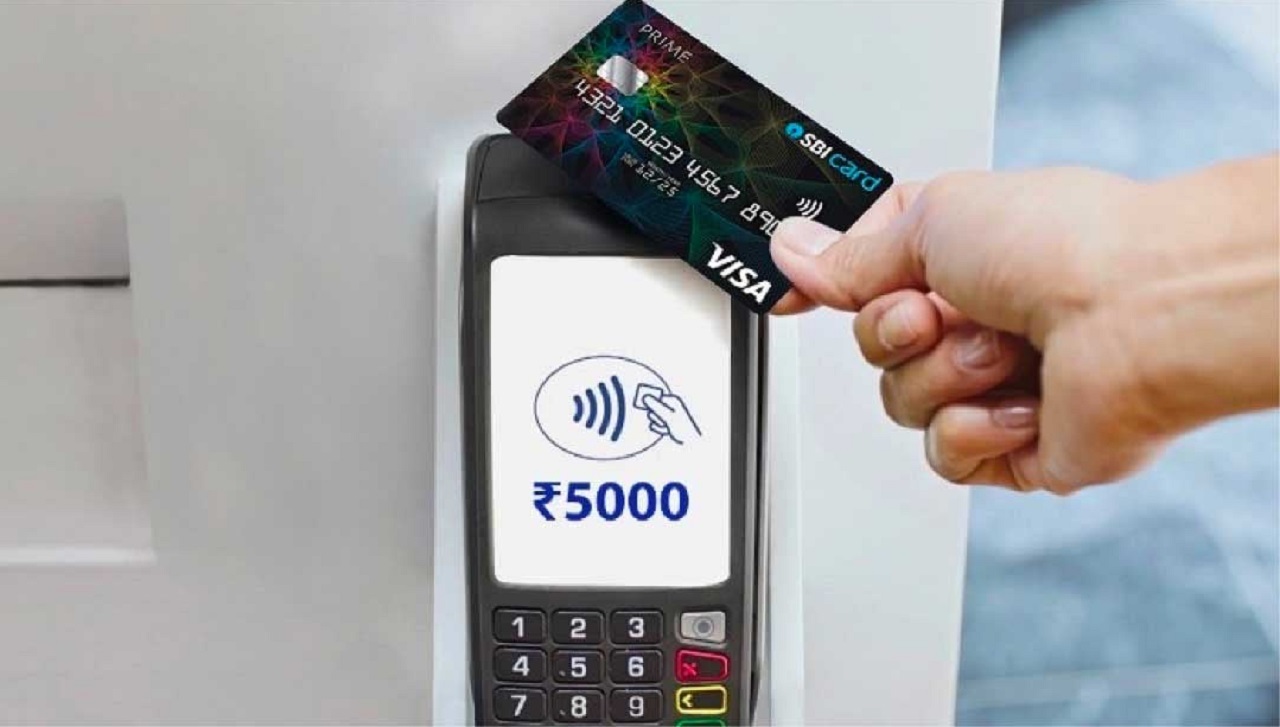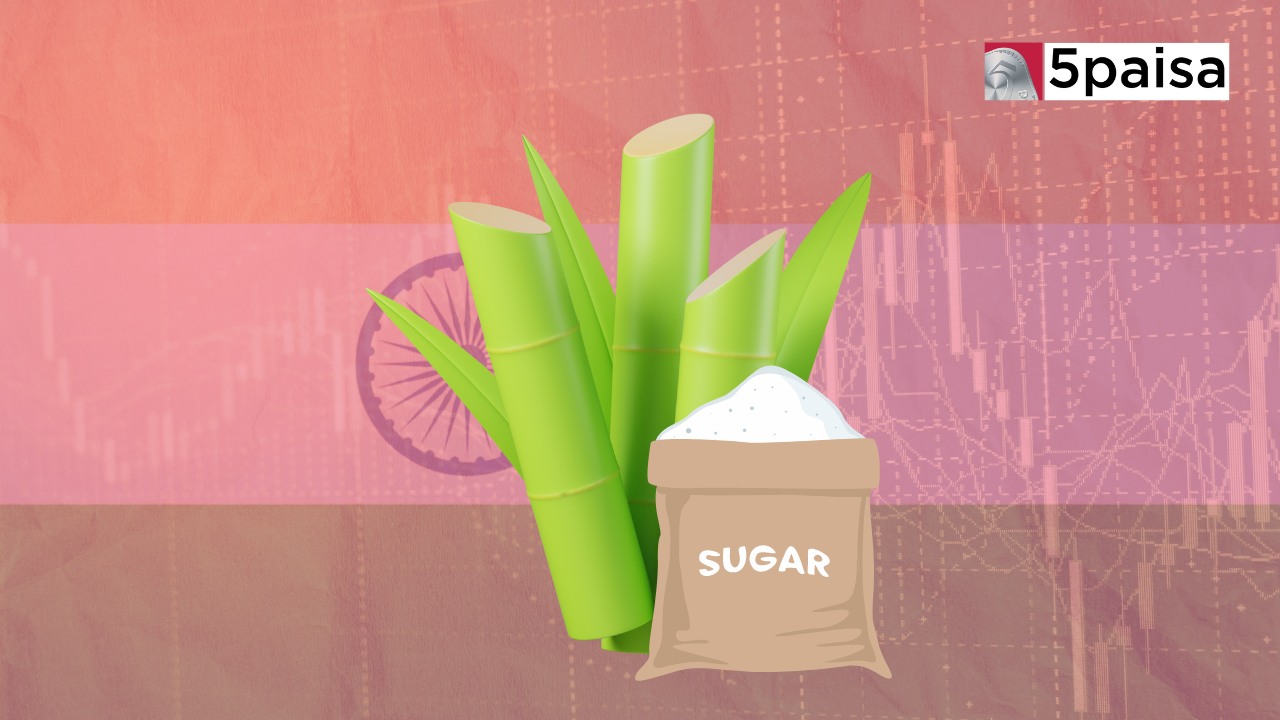Rising competition has put SBI Cards in a spot and made investors cautious. Can it up its game?

On March 16, 2020, just days before India went into a nationwide lockdown in the wake of the coronavirus pandemic, India’s second-largest credit card company made its public market debut. Not surprisingly, the debut didn’t go as the company and its investors would have hoped.
SBI Cards and Payments Services Ltd listed at a discount of 13% to its issue price as markets worldwide turned volatile. Its shares opened at Rs 658 on the BSE against the issue price of Rs 755. While the listing may not have gone as planned, the initial public offering that was completed a few days before was a resounding success.
The IPO, held from March 2 to March 5 that year, raised Rs 10,340 crore and was subscribed 26 times. The IPO consisted of a fresh issue of Rs 500 crore and an offer for sale by parent firm State Bank of India and global private equity firm Carlyle, who together received Rs 9,840 crore.
Almost three years since the debut, benchmark stock market indices have boomed but SBI Cards has failed to keep pace. In fact, the stock has eked out a total gain of barely 3.3% since its listing. Effectively, this means that anyone who invested in SBI Cards’ IPO not only didn’t benefit much from the investment but is actually sitting on a loss on an inflation-adjusted basis. And this, despite India’s credit card industry showing encouraging trends.
India’s credit card industry had an eventful 2022. Card issuance grew on the back of a post-pandemic boom in online shopping and rising discretionary spending. Industry-wide card spends in November remained above the Rs 1 trillion mark for the ninth consecutive month, according to the Reserve Bank of India’s data.
But encouraging industry trends have not benefited SBI Cards, India’s only listed credit card company and the second-largest player by cards issued and spends. Amid rising competition from banks, the company managed to retain its market share but investors remain cautious over its prospects despite many growth opportunities.
In 2022, shares of SBI Cards fell 14%, against a near 10% gain in the Nifty Financial Services index, amid a rise in the cost of funds, a fall in spends market share, and a lower share of interest-accretive revolvers, who are customers that don’t fully clear their dues and pay interest.
To be sure, stagnation in revolvers is an industry-wide phenomenon. In the case of SBI Cards, the share of revolving loans fell 200 basis points to 24% in July-September, well below the pre-COVID level of over 35%. This led to a 96-basis-point compression on the net interest margin to 12.3%. While the management has guided that it is taking efforts to improve it, analysts are penciling in a gradual recovery. This, along with the expectation of a further rise in the cost of funds in the December quarter, would mean that margins are expected to remain under pressure.
In an earnings call with analysts in October, the management said that the full impact of the increase in the cost of funds is expected to be seen in the December quarter. In addition, there will be normalisation of festive spends.
“We are confident that it (NIM) will be, more or less maybe with 10 to 20 basis points here and there, be around the same range,” MD and CEO Rama Mohan R Amara had said.
Credit card spends
Overall, credit card spends in the industry are expected to taper over the next few months because of the end of the festive season. In the September quarter, overall spends reported by SBI Cards grew 43% year-on-year to Rs 62,300 crore. Retail spends, which accounted for over 80% of the total, grew 45% while corporate spends increased 34%.
The company exited a few low-margin accounts, resulting in the moderation of corporate card spends. It is, however, aiming to improve the share of corporate spends to 22-25% in the medium to long term.
Analysts say greater share of corporate spends would be positive for earnings because they have a higher interchange fee, which is carved out of the merchant discount rate. The possibility of capping the merchant discount rate, which is currently unregulated and fixed by the two parties bilaterally, has been a key overhang for the shares. An RBI discussion paper issued in August suggested the merchant discount rate could be regulated. That could strain the revenue streams from interchange fees, analysts say.
Already, there is a near-term disruption in the fee income because of new RBI regulations that came into effect in October. The new rules do not allow credit card issuers from increasing credit limits without the explicit consent of the customers. The unpaid charges also cannot be capitalized for charging and compounding of interest. For SBI Cards, over-limit fees account for 5-6% of total fee income.
Intensifying competition
Analysts say while growth in spends will continue on the back of online and e-commerce spending, SBI Cards is under pressure because of rising competition from banks.
According to RBI data, the market share of SBI Cards in spends, based on the value of the transaction, was 18.3% in November, lower than 20% reported last January. The gap between HDFC Bank, which has the highest market share of 28.4%, and the second-ranked SBI Cards is wide at over 1,000 basis points. However, the gap between SBI Cards and the third player, which is ICICI Bank, is just 240 basis points.
Both HDFC Bank and ICICI Bank are moving aggressively. HDFC Bank plans to issue a million cards a month and is also in the last stage of developing a new digital card aimed at targeting younger customers, according to reports. Axis Bank, too, is expected to up its ante, depending on how the takeover of Citi India’s credit card portfolio is completed.
Several other banks as well as non-banking financial companies are planning to throw their hat in the ring. In comparison, SBI Cards is aiming to issue at least 300,000 cards on a net basis per month.
Digital drive
Analysts say SBI Cards can meet the target, especially given that its parentage—State Bank of India—gives it access to a huge customer base. But they would look for the company’s strategy for digital sourcing, which would lower operational costs.
In July-September, cost-to-income rose at 59.4% driven by a higher volume of new accounts and because of festive offers. As these offers end, cost-to-ratio may improve. However, with a continued focus on sourcing new customers, SBI Cards expects it to average around 58% over the next 12 months.
Linking of the RuPay credit cards with Unified Payment Interface is expected to expand use cases for credit cards and SBI Cards is in an advantageous position to reach areas beyond tier-I cities, where point-of-sale infrastructure or card swiping machines are not adequate.
Given SBI’s reach across India, SBI Cards can access these markets and UPI linkage will help drive spends on a long-term basis.
But for now, investors are watchful over the near-term challenges and the December quarter results may answer some of their questions.
 Tanushree Jaiswal
Tanushree Jaiswal Ruchit Jain
Ruchit Jain



